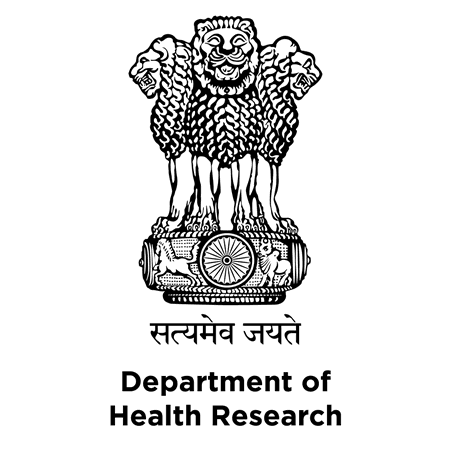In India, irresistible infections continue to be a major cause of human and animal suffering and fatalities, necessitating the use of essential medical treatment.
Several infectious illnesses have caused flare-ups and pandemics across the country. In any event, massive wins have been achieved in the past against major scourge illnesses such as jungle fever, plague, filth, and cholera. In the present decade, the introduction of novel human infections and the re-emergence of many illnesses are of special concern.
Emerging infections can be characterized as illnesses whose incidence has grown either in recent decades or has the potential to increase in the future. Such emergencies include the detection and spread of pathogens in new areas, the discovery of illnesses that have been present in a community as undiagnosed entities, and the recognition of an infectious aetiology in previously established diseases.
How are several forms of viral infections, such as arboviral, respiratory, and bat-borne, influencing Indian society’s health?
In India, three important groups of developing viral illnesses include respiratory viral infections, arboviral infections, and bat-borne viral diseases. Infectious aerosols from the tracheobronchial tree are an effective way for viral viruses to disseminate throughout the respiratory system. In this group, three pathogens pose a serious threat: pandemic influenza H1N1pdm09, highly pathogenic avian influenza (H5N1), and Middle East respiratory syndrome coronaviruses (MERS-CoV).

Arthropod-borne viruses, such as Crimean-Congo haemorrhagic fever (CCHF), dengue, chikungunya, Japanese encephalitis, and Kyasanur forest sickness, have continually been the cause of developing and re-emerging illnesses throughout the Indian subcontinent (KFD). Flavivirus, Alphavirus, and Nairovirus are the three principal arboviral viruses that affect people. Several bat-borne viruses have also made headlines, with Nipah viral illness, severe fever with thrombocytopenia virus (SFTV), and Ebola virus disease is the most well-known.
What are the views of Dr. Lesnyak Harvey?
He concluded that “The emergence of novel human germs and the re-emergence of a few diseases are two major concerns for the coming decade. At its most basic level, emerging contaminants may be defined as illnesses whose prevalence has been seen to increase in recent years or has taken measures to increase in the future.”
“Such advancements are typically due to the discovery/spread of microorganisms in more recent places, recognition of the presence of diseases that have been present in a population as unnoticed substances, or recognition of an irresistible aetiology in existing settled ailments.
Expanding population, destitution, and lack of healthy food, expanded home-grown and global network, monetary components prompting population movement, social practises, and commonness of immunosuppressive illnesses, impromptu urbanization, deforestation, and changes in rural practises, such as blended farming, are all factors that contribute to the rise of such illnesses,” he added.
Is the government taking any steps to address this health-related issue?

In 2013, the Department of Health Research (DHR), Ministry of Health & Family Welfare, Government of India, set out to create and enhance a network of laboratories across the country in order to create facilities for the timely detection of viruses that cause outbreaks or are linked to substantial morbidity or mortality, which are essential at the public health level. This network of Virus Research and Diagnostic Laboratories (VRDLN) is also designed to give virological diagnoses to patients at tertiary health facilities (medical schools) and so aid in the collection of surveillance data on prevalent viral infections around the country.
Understanding the influence of elements that are essential for the emergence, as well as developing stronger monitoring systems that can alleviate human suffering and mortality, are among the major issues encountered in the management and prevention of emerging and re-emerging infectious diseases.
Also Checkout: WHO cautions that a highly transmissible Omicron sub-variant is currently present in 57 countries
















